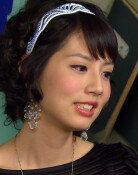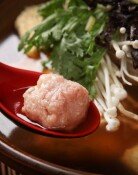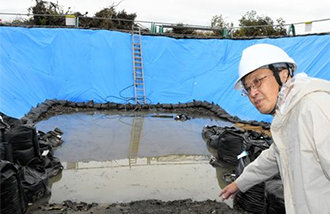Birds Spread Their Wings in Winter Sky!
Birds Spread Their Wings in Winter Sky!
Posted November. 20, 2002 23:02,

Birds are flying high in the early winter sky.
Birds are visiting Korean Peninsula from the north this winter again. The migratory birds will stay here during winter time from early November through March next year.
Welcoming the visitors, there are a number of events taking place throughout the country, where people can see and learn about the migratory birds.
According to Prof. Yun Mu-bu of biology at Kyunghee University, late November is the best time for joining such events.
Be careful not to give birds too much stress, the professor warned, if you want to see them next year again. We listened to some tips from Yun for field trips to bird habitats.
△Cheonsu Bay (Seosan City in Chungnam) = You can see some wild ducks, yellow-beak birds, large wild geese and many more. Cheonsu Bay is a world-class habitat for migratory birds, where millions of birds rest their wings on the sprawling land of some 8.7 million-pyong. The number of birds visiting the bay, however, has declined drastically, drawing keen attention from many environmental organizations.
* An event titled Travel of Migratory Birds will be held through December 31. Participants can go out for a field observation, which is scheduled five times a day with some 40 people joining for each trip. It costs 3,000 won. You will also be able to see stuffed birds and moving images.
△Junam Reservoir (Dong-eup, Changwon City in Gyeongnam) = this area is known for wild geese, especially big ones. Some 100,000 birds stay for a relatively short time while the 1.8 million pyong of the surface of water remains frozen. The reservoir is also the most densely populated habitat in the country. For further inquiry, call Chanwon City Hall by 055-280-2151.
△Cheolwon Field (Cheolwon-eup, Gwanjeon-ri in Gangwon) = Cranes and wild geese move here and there in a group throughout rice fields of the village. The habitat in this area is designated as natural landmark No. 245. Of some 2,500 cranes believed to live in the world, one tenth, or about 250, visit this place every winter. You are not allowed to take pictures since it is a military-controlled area.
You can apply for a field trip at Cheolui Triangle Center. Only one member of a group will be required to submit his or her ID. You have to have a car to travel under the instructions of the leading vehicle. Admission fee is 1,500 won for adults. Full-day parking is 2,000 won for passenger cars and 4,000 for buses. Four trips are scheduled a day at 9:30, 10:30, 13:00 and 14:00. You need to file an application at least 30 minutes before the trip. For further inquiry, call the triangle center by 033-455-3129.
Further information on migratory birds and their habitats are available over Prof. Yuns Web site (www.KoreanBird.com.
○Preparations
△Bird guidebook
△Telescope (8x30, a 30mm lens with 8 magnifications)
△Lunch box and snacks
△Notebook
△Wearing warm = mask, jacket, gloves and sports shoes
△Bird feed = Vegetables such as corn, wheat, cabbage and dried radish leaves.
○Rules
△Do not make noise (Birds are very sensitive so they get uneasy when people make noise).
△Avoid wearing red, blue and white-color clothes (Birds have good eyesight and distinctive colors could give them stress. Black and brown colors are preferred).
△Keep distance (When you get close, birds will be scared. Use a telescope instead).
Won-Hong Lee bluesky@donga.com







